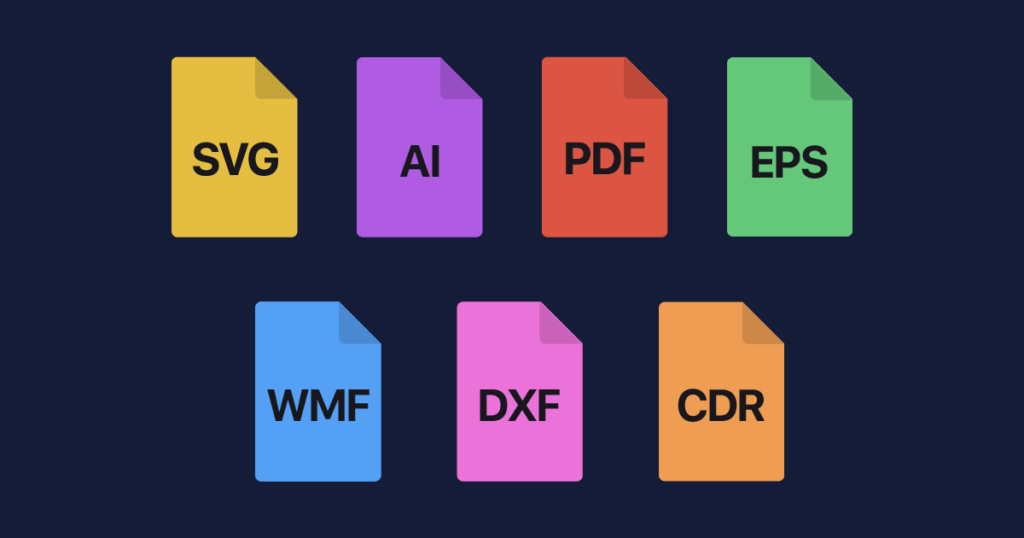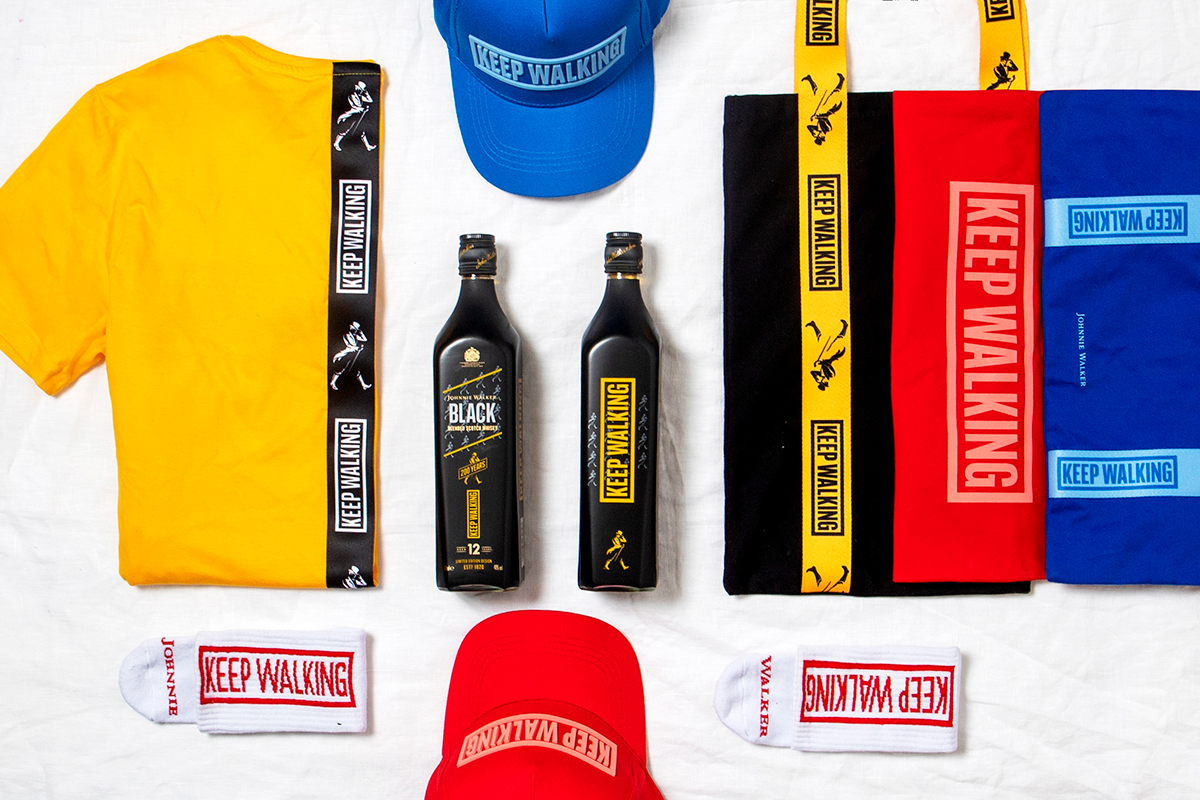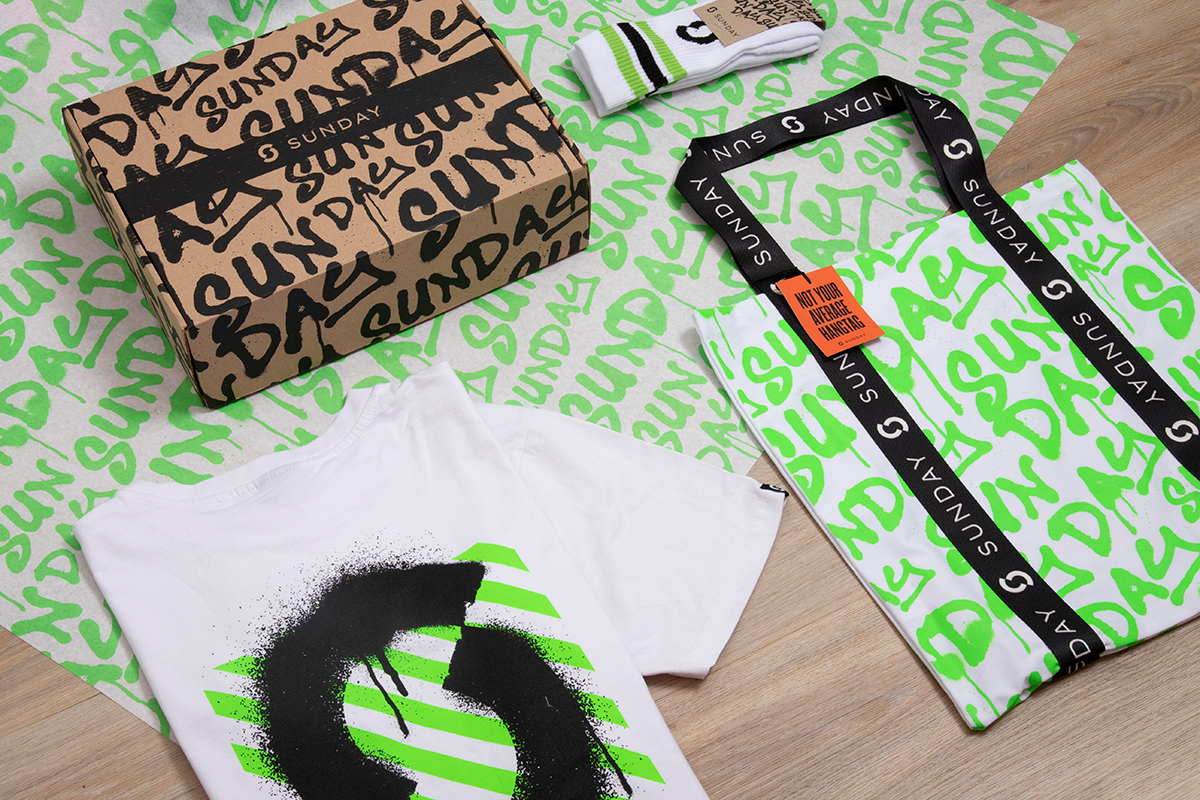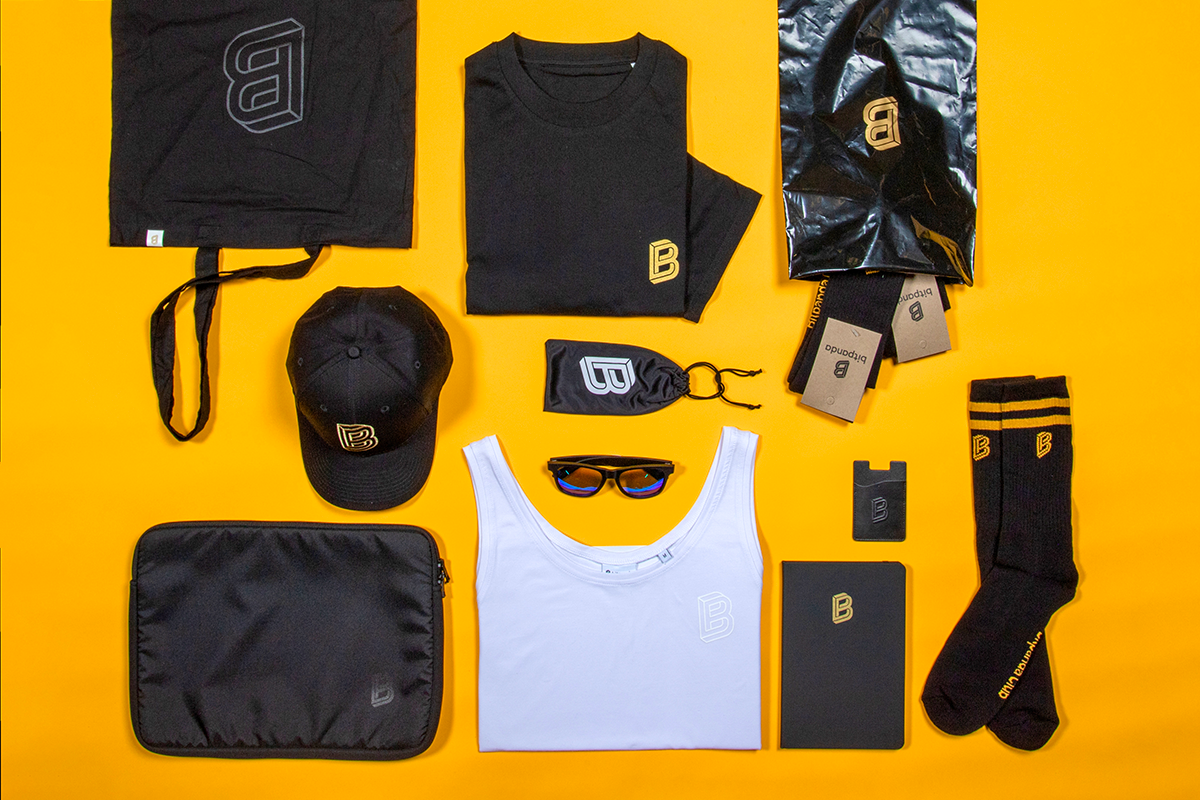Why Merch Briefings
Designing a successful merchandise collection begins with a well-crafted design brief. The clearer and more detailed the brief, the closer the final product will align with your vision, ensuring faster turnaround times and allowing for creative freedom within your brand guidelines. This guide will walk you through the essential elements of a design briefing, helping you communicate effectively with our expert designers to ensure your merchandise presentation and marketing efforts bring your ideas to life.
1. Start with the Basics: Brand Data and Design Files
To ensure your merchandise perfectly represents your brand, start with the essentials: Vector Files and Brand Assets: Provide all necessary brand elements, including logos, Pantone colors, and design files in vector formats like .ai or .eps. If you’re unsure about specific files, consult your design team—they should have everything you need.

Guidelines: Clearly outline what can and cannot be altered, such as logo color, positioning, and icon usage. This ensures our designers can respect your brand’s integrity while still innovating within those boundaries. All this information is normally available in your brandbook.

2. Define Your Target Audience and purpose of the campaign
Understanding who will be wearing or using your merchandise is crucial: Demographics and Preferences: Specify the age, style preferences, and design tastes of your target audience. Whether you’re targeting graduates with a streetwear vibe or business professionals with a more conservative style, these details help tailor the design. Past Experiences: Share what has worked (or hasn’t) in previous merchandise efforts. Highlight any popular items or designs to provide a reference point. Quantities: How many pieces you would like to order is a crucial factor for our designers. Higher quantities open up more design possibilities. Our team takes this into account while designing your collection. So everything that’s designs can actually be produced in your quantities when you would like to proceed.

3. Balance Creativity and Brand Guidelines
Our design panel excels at finding the sweet spot between adhering to strict guidelines and exercising creative freedom: Flexibility for Creativity: While it’s important to be clear on non-negotiables, leave some room for our designers to suggest innovative solutions. For example, we can offer alternatives that push boundaries slightly, which can be discussed and refined. Example Case: Consider our work with Oaky, where we transformed their tech-oriented branding into bold, fashion-forward merchandise that became iconic for their brand.

4. Provide Constructive Feedback
Feedback and analysis are crucial parts of the design strategy for the design process: General Concept Approval: Before diving into details, ensure that the overall concept and direction are aligned with your vision. This saves time and ensures the project stays on track. Detailed Feedback: If you’re unsure about specific details, it’s more effective to request a few variants rather than multiple rounds of minor adjustments. This approach helps streamline the feedback process and accelerates decision-making.

5. Use Inspirational Material
Mood boards or lookbooks can significantly enhance the briefing process: Inspiration Boards: Compile a collection of items or styles you admire, whether from past merchandise or current fashion trends. This visual reference helps our designers understand your preferences and incorporate relevant elements. Fashion Trends: Our designers are always in tune with the latest trends, ensuring your merchandise is both stylish and on-brand, even if your company doesn’t need to be on the cutting edge. Often clients don’t know what they want, but they do know what they don’t like. they can also provide images of things they don’t like.
6. Emphasize Wearability and Perceived Value
Focus on creating merchandise that people will love to wear, especially during a product launch: Design for Wearability: Avoid overly large logos or excessive branding that might limit the appeal of the items. Instead, aim for designs that integrate branding in a subtle yet stylish way. Add Value with Details: Small touches like neck labels, contrast stitching, and custom packaging can elevate the perceived value of your merchandise, making it something people are proud to wear.
7. Consider Packaging and the Overall Experience
Packaging can enhance the overall impact of your merchandise: Thoughtful Packaging: Whether it’s a special box or branded wrapping, consider how the packaging can add to the recipient’s experience and reinforce the campaign’s message.

8. Common Challenges and How to Overcome Them
Understanding and addressing potential pitfalls can save time and ensure success: Avoid Vague Briefings: A brief that’s too open-ended can lead to misalignment. Be clear about your vision, but also ensure internal discussions have taken place to refine ideas before sharing them with us. Streamline Feedback Loops: Ensure all key decision-makers are involved early in the process to avoid multiple rounds of conflicting feedback, which can delay the project.
9. Build a Long-Term Relationship
The first collection often requires the most work, but once a style is established, expanding your merchandise line becomes much easier: Future-Proof Your Designs: Invest time in the initial phase to set a solid foundation, which will make future additions to your collection more seamless and consistent. A well-prepared design brief is the cornerstone of a successful merchandise collection. By following these guidelines, you’ll be able to communicate your vision effectively, allowing our designers to create items that not only meet but exceed your expectations. With the right balance of clear direction and creative freedom, to be found here at Sunday, your merchandise will truly represent your brand and resonate with your audience.




